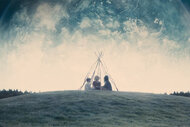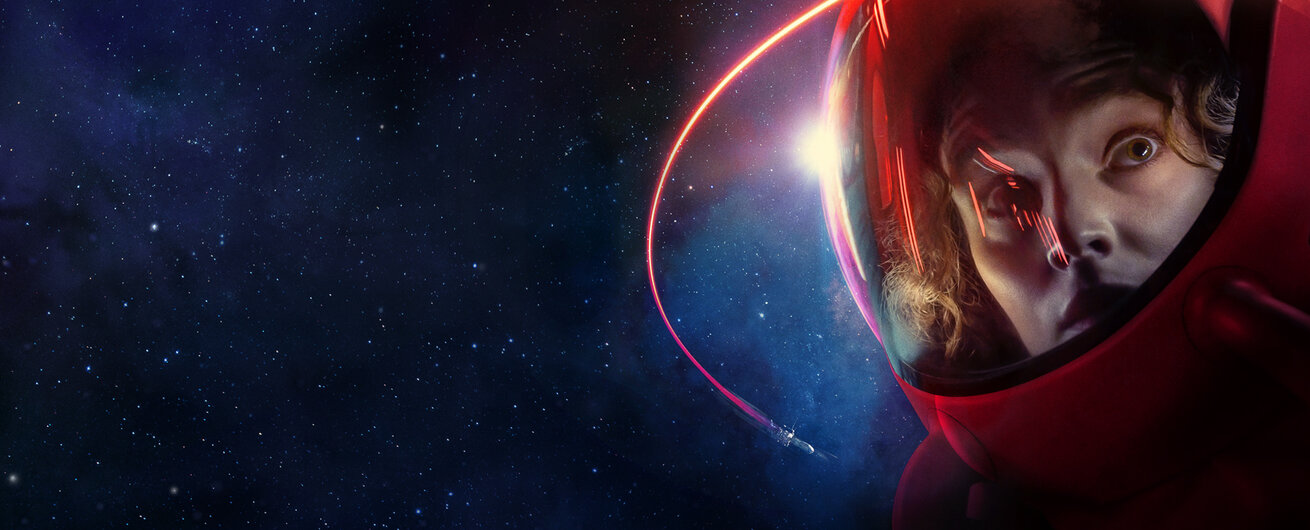Create a free profile to get unlimited access to exclusive videos, sweepstakes, and more!
JWST Reveals Crab Nebula in Never-Before-Seen Detail
Have you ever seen so many filaments!?
A century from now, the crew of SYFY's The Ark (streaming now on Peacock) extends the human passion for exploration to the stars. For the first time, a crewed spacecraft begins a journey to another star system and the planet Proxima centauri b, 4.2 light-years away. In the real world, perhaps we’ll actually be capable of that in a hundred years, but for now we’re limited to a pretty small territory around our own planet.
Still, the desire to explore persists, and we satisfy ourselves with building machines to go where we can’t go and see what we can’t see. Recently, the James Webb Space Telescope (JWST) captured new images of the famed crab nebula, giving us new insight into the evolution of a vast stellar explosion in our own galaxy.
JWST Image Gives New View of Old Friend, the Crab Nebula
The Crab Nebula is a supernova remnant, the leftover debris surrounding a pulsar, all that remains of a dead star. It’s located in the constellation Taurus at a distance of roughly 6,500 light-years. The nebula itself is expanding at an average rate of 1,500 kilometers per second and deep inside, a pulsar only 28 - 30 kilometers across is whipping around more than 30 times per second.
RELATED: Meet the Artemis II Astronauts, Set to Take NASA’s Historic 2024 Return Trip Around the Moon
It was first recorded as a temporary star by 11th Century Chinese astronomers in the year 1054. Despite being one of the most studied and beloved astronomical objects, JWST’s cutting edge instruments are providing details previously hidden from us. Using JWST’s Near-Infrared Camera (NIRCam) and Mid-Infrared Instrument (MIRI), astronomers have been able to more accurately see what the nebula is made of.
“Webb’s sensitivity and spatial resolution allow us to accurately determine the composition of the ejected material, particularly the content of iron and nickel, which may reveal what type of explosion produced the Crab Nebula,” said Lea Temim, a Stanford University astronomer who led the study, in a statement.
When compared with a historical image from the Hubble Space Telescope, the new image looks familiar enough that the nebula is recognizable at a glance. But a deeper look reveals unique details in both images. JWST’s infrared instruments highlight gaseous filaments at the nebula’s exterior as well as the structure and dispersal of dust grains in the interior. There is also significant synchrotron radiation, created as the pulsar’s intense electromagnetic field charges nearby particles like a supercollider. That radiation is visualized as milky white smoke throughout the nebula’s interior.
RELATED: The Crab Nebula hulks out, sends *incredibly* high-energy gamma rays at Earth
The nebula’s composition can also be seen in the image coloration. Ionized sulfur is represented in red and orange, ionized iron in blue, and dust grains in yellow, white, or green. Taken together with the Hubble images and observations from other telescopes around the world and in orbit, astronomers are peeling back layers to reveal more information about cosmic objects new and old.
By the time we manage to build our first interstellar ships, there’s no telling how the view of our favorite cosmic haunts (the Crab Nebula included) will have evolved. But we can’t wait to see it.
In the meantime, catch up on the first season of The Ark, streaming now on Peacock.
























